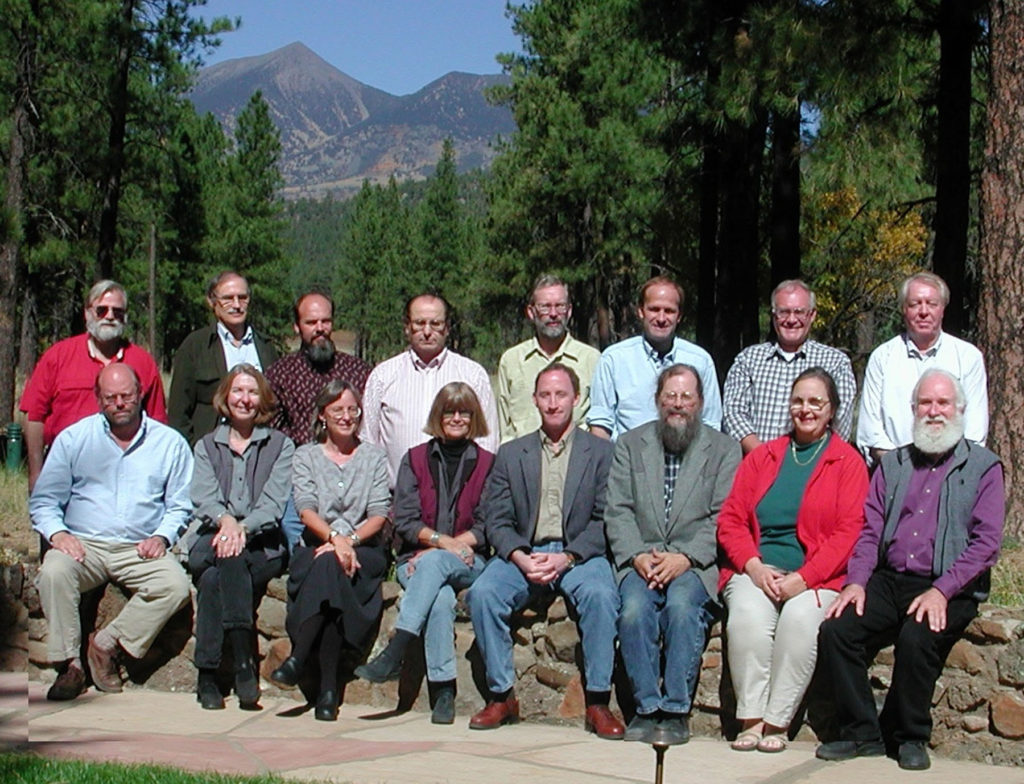When the Coronado Expedition entered the Southwest in 1540, they were pursuing reports of lost cities of gold. They ended up at the seven major pueblos that we now know as Zuni. Not quite cities, and totally lacking in gold, these settlements were a source of great disappointment to the Spaniards. To anthropologists and archaeologists, however, Zuni has remained a continuing source of great interest.
In their 1999 paper “Adaptation of Man to the Mountains: Revising the Mogollon Concept,” scholars David Gregory (Preservation Archaeologist at Archaeology Southwest; now deceased) and David Wilcox (Senior Curator of Anthropology, Museum of Northern Arizona; now retired) developed a provocative hypothesis that attempted to account for how the Zuni language could have become a linguistic isolate, unrelated to other languages known in the new world. They proposed that Zunian emerged as a distinct language between 6,000 and 7,000 years ago in the Mogollon highlands of the central Southwest.
Archaeology Southwest partnered with the Museum of Northern Arizona to bring together a cross-section of experts to consider the puzzling fact of Zuni as a linguistic isolate. At a five-day advanced working seminar held on October 14–19, 2001 at the Museum of Northern Arizona, a group of respected archaeologists, linguists and tribal representatives met to address this research problem.
Gregory and Wilcox argued that the problem could be viewed profitably in organizational and adaptational terms, focusing on the kinds of social boundaries that may have evolved as a result of adaptations by groups to elevations above about 6,500 feet in east-central Arizona and west-central New Mexico. Maintenance of such boundaries over long periods of time would provide one mechanism by which Zuni retained its identity as a discrete language.
Testing this hypothesis ultimately required a thorough assessment of existing information, and it involved new approaches that stressed social archaeology and human ecology. The scope of the seminar was comprehensive, attempting to bring together all currently available data from linguistics, archaeology and paleoenvironmental studies, as well as Zuni tribal perspectives. The seminar and resulting publication established a new standard for the construction and testing of anthropological models across sub-disciplines and between natural and social sciences.

Details
Related to This
-
Location Zuni Pueblo
-
Location Gila Cliff Dwellings National ...